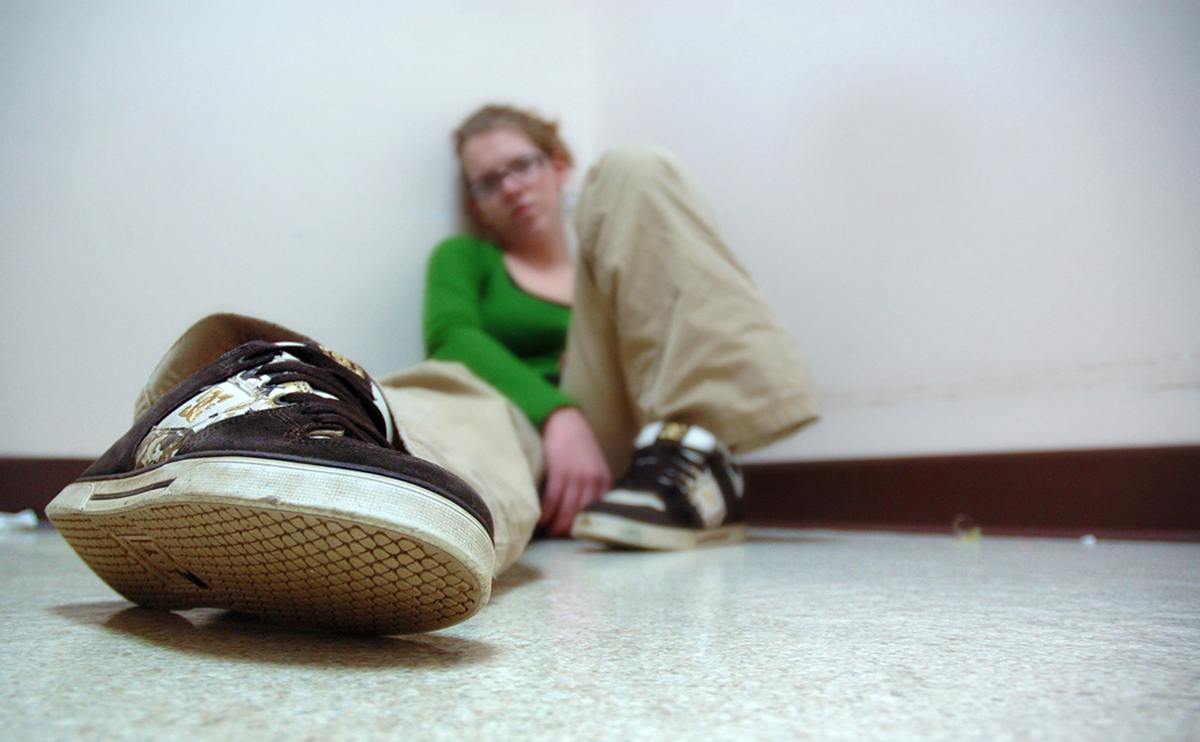Table of Contents
Whether you’ve been forced to take a break by something concrete like an injury or a pregnancy, or you find that life just kind of got on top of you and you fell out of the habit, you’re looking for a way back. But getting back into exercising regularly can be more difficult than you think.

Michael Gerrish is a personal trainer based in Boston. In his book, Working Out Isn’t Working Out, Gerrish places the obstacles to returning to exercise in three broad categories: emotional blocks, physical challenges and improper technique. Of course those three things feed into each other.
Returning To Exercise: Obstacles
Suppose you’re a keen cyclist, but after breaking your foot in an unrelated injury, you slip from the habit. One day, you decide to get back into it. Get the bike out, get the gear on… but the tires are flat, the derailleur and the brakes need fixing, the cycling gear is all dirty (even if you can find it) — and your hour’s cycling is spent wrestling with your equipment, leaving you feeling worse than before.
Even if you overcome all that and get out on the road, you’re rusty, you get tired easily, and what used to be a pleasurable exercise of power has become an uphill struggle even on the flat. It’s discouraging.
1: Build A Habit
It takes time to build a habit. But you can start with small changes. If you normally went to the gym four times a week, go once a week. If you used to run ten miles, just run one. Don’t worry too much about outcome. Instead, focus on the process.
If you’re thinking about the outcome, you’re going to compare the outcome you get now with the one you remember getting when you were training regularly. You won’t measure up to your rose-tinted recollections of your best self, so you’ll become disappointed and frustrated. But if you think about the process, you’ll compare your actions now with your actions yesterday and see how you’re improving.
2: Focus On Quality, Not Quantity
Think about what you’re doing as practice. You’re warming up gradually. Expect aches and pains, but try to keep them to a minimum by working to do better, not more, and think about technique and movement quality rather than banging out the numbers.
See Also: Pull Over: Why The Way You’re Doing Pull-Ups Is Wrecking Your Shoulders, And What To Do About It
This approach also helps you avoid one of the biggest stumbling blocks to recovering your fitness: injury. You go back into the gym, and do what you used to do — but without the preparation of months or years of similar training sessions to give you the mobility, soft tissue quality and neuromuscular coordination to pull it off. So you sprain something, tear something, pop something, or just pull something. Whatever; the next time you want to go in and train, you actually feel worse. Training should be making you better, not worse, so don’t leap feet-first into something that will hurt you and stand between you and your goals.
- Photo courtesy of Evil Erin via Flickr: www.flickr.com/photos/evilerin/3301760439
- Photo courtesy of Evil Erin via Flickr: www.flickr.com/photos/evilerin/3301760439
- Photo courtesy of CherryPoint via Flickr: www.flickr.com/photos/mcas_cherry_point/6714749721


Your thoughts on this